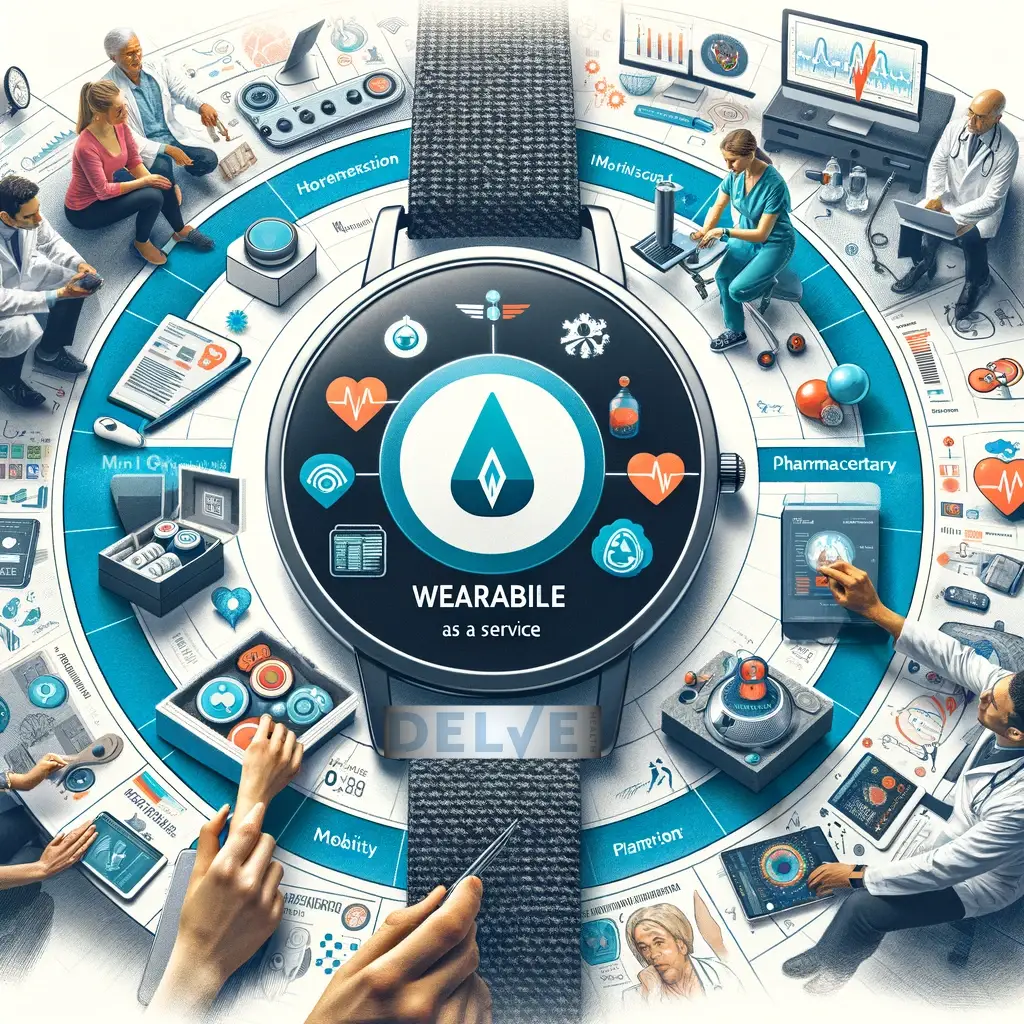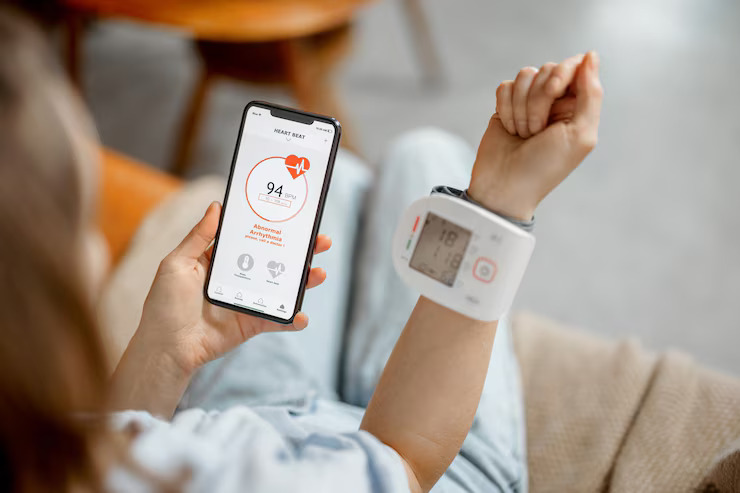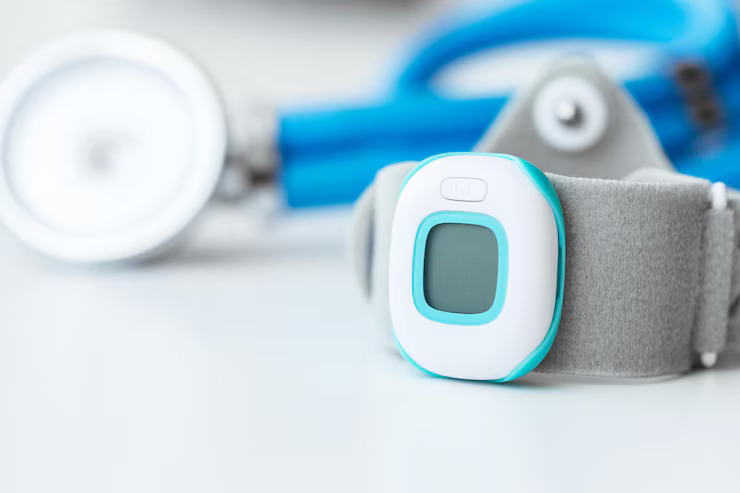“Wearables” (i.e., Apple Watch, FitBit, etc.) are a technology that is relatively new to the clinical research enterprise. These devices hold untapped potential regarding their probable ability to revolutionize the manner in which we conduct clinical trials, which will eventually also transform how medical treatment is delivered around the world.
What are Wearables?
The household brand names that everyone knows are examples of medical wearables like Apple’s iWatch and the Fitbit have the largest market share, and therefore, the most
“buzz” surrounding wearable technology. Other examples of wearable technology include Withings, ECG watches, sensors, and blood pressure cusps—all encourage healthy behavior and some even aid in early diagnosis and improve remote patient monitoring.
Even though there is generally a lot of “hype” each time the “latest and greatest” version of a product launch, what clinical research professionals are excited about isn’t a particular product’s launch, but what those wearables likely represent for the community at-large. What’s more promising is the general public’s widespread adoption of these devices. More than half of Americans own at least one wearable, which confirms that patients would, indeed, be open to using these products to assist in their care. The ability of product developers, as well as Delve Health and other clinical trial innovators, is to create additional functionality in order to turn these devices into a tool that clinical trials can leverage. Imagine researchers being able to collect passive data from a wearable that will allow them to learn how well a drug or medical device is actually working.
Benefits in Patient Monitoring
Remote patient monitoring is the main sector, within the clinical research enterprise, where the probable impact of wearables will be the most impressive. The increased ability to provide patient monitoring—remotely—will be a “game-changer.” Through these sensors, clinical researchers and other trial staff, will be able to understand how a patient has been fairing at home. They will also be able to capture and collect data on patients regarding their conditions and whether or not they have experienced any adverse reactions. This will eventually allow for a patient to receive a swift, more accurate, diagnosis and treatment process.
Additionally, the impact wearables may have on a patient’s mental health is often overlooked. Patients want to be involved, and therefore compliant, with the study. Wearables give them that ability by providing the data that helps to fuel research—at their fingertips. They allow patients to be more educated on their condition; empowers them to actively cooperate with clinical researchers and trials staff; and provides them with real-time data that helps them make healthier choices.
What is the Overall Impact?
—56% of American’s own wearable technology
—88% of physicians want patients to monitor their own health at home
—More than 50% of wearable users believe that wearable technology has improved their mental health
Societies around the world have consistently shown a willingness to adopt new technology into our day-to-day lives. Technology has played, and will continue to play, an integral role in everything we use. Leveraging these technologies may also help clinical researchers in improving diversity within clinical trials. Having access to a more diverse patient population helps to advance studies by allowing researchers to gain better perspectives.
The clinical research industry has ushered in revolutionary innovations that would have been deemed impossible just a few years before they were created. For example, stem cell research changed the way we cure disease and repair damaged tissues. Delve Health predicts that the new frontier will be wearable technology. We foresee that it will drastically change the way clinical trials are conducted due to better patient compliance; better patient data; improvement in patient engagement; and higher quality data outcomes.













